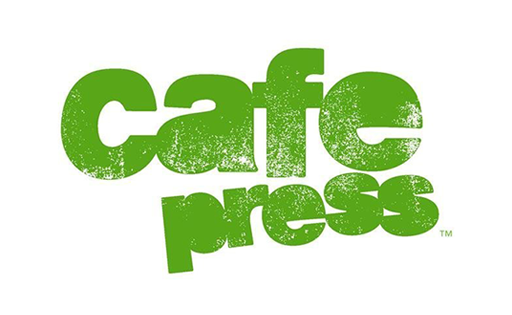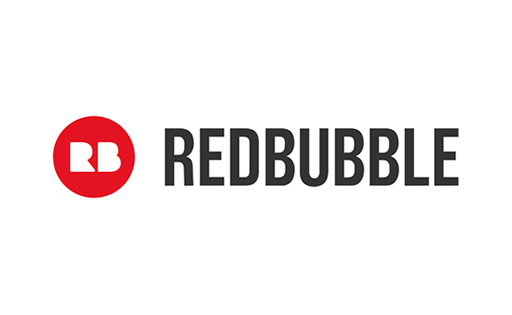"Cardboard Worship" is a cultural and mythological perspective on the faith of the homeless. The cardboard monsters that protect the homeless in the park are viewed through the lens of shamanism and the spirituality of marginalized people.
Shamanism, as practiced by marginalized communities, is often rooted in a deep connection to the earth and its elements. The cardboard monsters that the homeless create serve as symbols of this connection, representing the raw materials that sustain their daily lives. By imbuing these objects with spiritual significance, the homeless are able to create a sense of protection and safety in an otherwise dangerous and unpredictable environment.
Through the lens of myth, the cardboard monsters also take on a life of their own. They become guardians, protectors, and even gods, imbued with the power to ward off evil spirits and bring good fortune to those who show them respect. This belief system is not unique to the homeless, but rather echoes the universal human impulse to create meaning and purpose in a world that can often seem chaotic and arbitrary.
By tapping into the deep spiritual traditions of shamanism and myth, the homeless are able to construct a powerful and empowering belief system that sustains them in their daily struggles. And through this lens, the cardboard monsters that protect them become not just symbols, but a source of strength and hope in a world that too often denies them both.
Moreover, the shamanism of marginalized people emphasizes the importance of community and the interconnectedness of all living beings. For the homeless, this means forming strong bonds with fellow individuals who share their struggles and experiences. Through shared rituals and beliefs, they are able to create a sense of belonging and purpose that might otherwise be absent from their lives.
In this context, the cardboard monsters take on an even deeper significance. They are not just symbols of protection, but also representations of the collective will and spirit of the homeless community. Through their creation and veneration, the homeless are able to connect with something greater than themselves, and tap into a wellspring of resilience and strength that sustains them in the face of tremendous adversity.
From a cultural perspective, "Cardboard Worship" represents a unique form of folklore and artistic expression that emerges from the experiences and struggles of marginalized people. Like all folklore, it serves to capture and communicate the beliefs, values, and experiences of a particular community, while also serving as a means of resistance and empowerment against oppressive social structures.
In this way, "Cardboard Worship" serves not only as a window into the spirituality of marginalized people, but also as a testament to the power of culture and myth to sustain and empower communities in the face of adversity. Through the cardboard monsters that protect them, the homeless are able to construct a powerful and empowering belief system that sustains them in their daily struggles, and represents a powerful and inspiring example of human resilience and creativity.
As the cardboard monsters and the faith of the homeless continue to gain prominence, some have even begun to view this cultural phenomenon as a form of "new religion." Indeed, the creation of this unique belief system and the shared rituals and practices that define it share many similarities with the formation of organized religions throughout history.
Like traditional religions, the faith of the homeless is rooted in a shared belief system that offers comfort, meaning, and purpose in a world that can often seem chaotic and cruel. Moreover, the cardboard monsters that protect the homeless serve as a kind of totem or idol, representing a divine or spiritual force that is both revered and feared.
As the faith of the homeless continues to evolve, it has also begun to attract followers from outside the homeless community. Some see it as a kind of countercultural movement that offers a refreshing alternative to the rigid dogmas and hierarchies of traditional religions. Others see it as a form of social activism that seeks to challenge the status quo and give voice to the marginalized and oppressed.
Regardless of how one chooses to view it, the faith of the homeless represents a fascinating and inspiring example of human creativity, resilience, and spiritual exploration. Through the cardboard monsters that protect them, the homeless have created a powerful and empowering belief system that speaks to the deepest desires and aspirations of the human spirit. And as this belief system continues to evolve and grow, it serves as a testament to the enduring power of culture, myth, and spirituality to transform and inspire the human experience.
As the "new religion" of the faith of the homeless gains momentum, it raises interesting questions about the nature of belief and spirituality in contemporary society. For some, it represents a return to more authentic and organic forms of religious expression, unencumbered by the institutional structures and dogmas of traditional religions.
Others, however, worry that this kind of faith is too fragmented and decentralized to offer the kind of moral and ethical guidance that is necessary for a healthy and just society. Moreover, they worry that the focus on individual experience and self-expression in this kind of faith could lead to a kind of spiritual narcissism that undermines the larger social good.
Despite these concerns, the faith of the homeless continues to grow and evolve, inspiring new forms of artistic expression, community building, and social activism. As the cardboard monsters that protect them continue to serve as a powerful symbol of this faith, they remind us of the enduring power of myth and folklore to capture and communicate the deepest truths and aspirations of the human experience.
Whether viewed as a form of shamanism, a countercultural movement, or a "new religion" in its own right, the faith of the homeless represents a unique and inspiring example of human creativity, resilience, and spiritual exploration. And as it continues to grow and evolve, it offers a powerful reminder of the transformative power of culture and myth to shape our understanding of the world and ourselves.
One of the most striking aspects of the faith of the homeless is the way in which it has inspired the creation of unique and powerful idols in the form of the cardboard monsters that protect them. These idols serve not only as symbols of protection and power, but also as a means of expressing the deepest hopes and fears of the homeless community.
In creating these idols, the homeless have tapped into a powerful and universal human impulse to give form and meaning to the mysteries and uncertainties of the world around us. Whether through the creation of religious icons, works of art, or other forms of symbolic expression, human beings have long sought to create tangible representations of the intangible and ineffable aspects of the human experience.
As the faith of the homeless continues to evolve, it is likely that new forms of idol creation and artistic expression will emerge, offering new insights and perspectives on the human condition. And while the cardboard monsters that protect the homeless may seem crude and primitive to some, they represent a powerful and enduring symbol of the human capacity for resilience, creativity, and spiritual exploration.
In the end, the faith of the homeless and its cardboard monsters remind us of the importance of finding meaning and purpose in our lives, even in the face of tremendous adversity and suffering. By creating idols and other forms of symbolic expression, we are able to give voice to the deepest truths and aspirations of the human experience, and to tap into a wellspring of creativity and resilience that sustains us through even the darkest of times.































